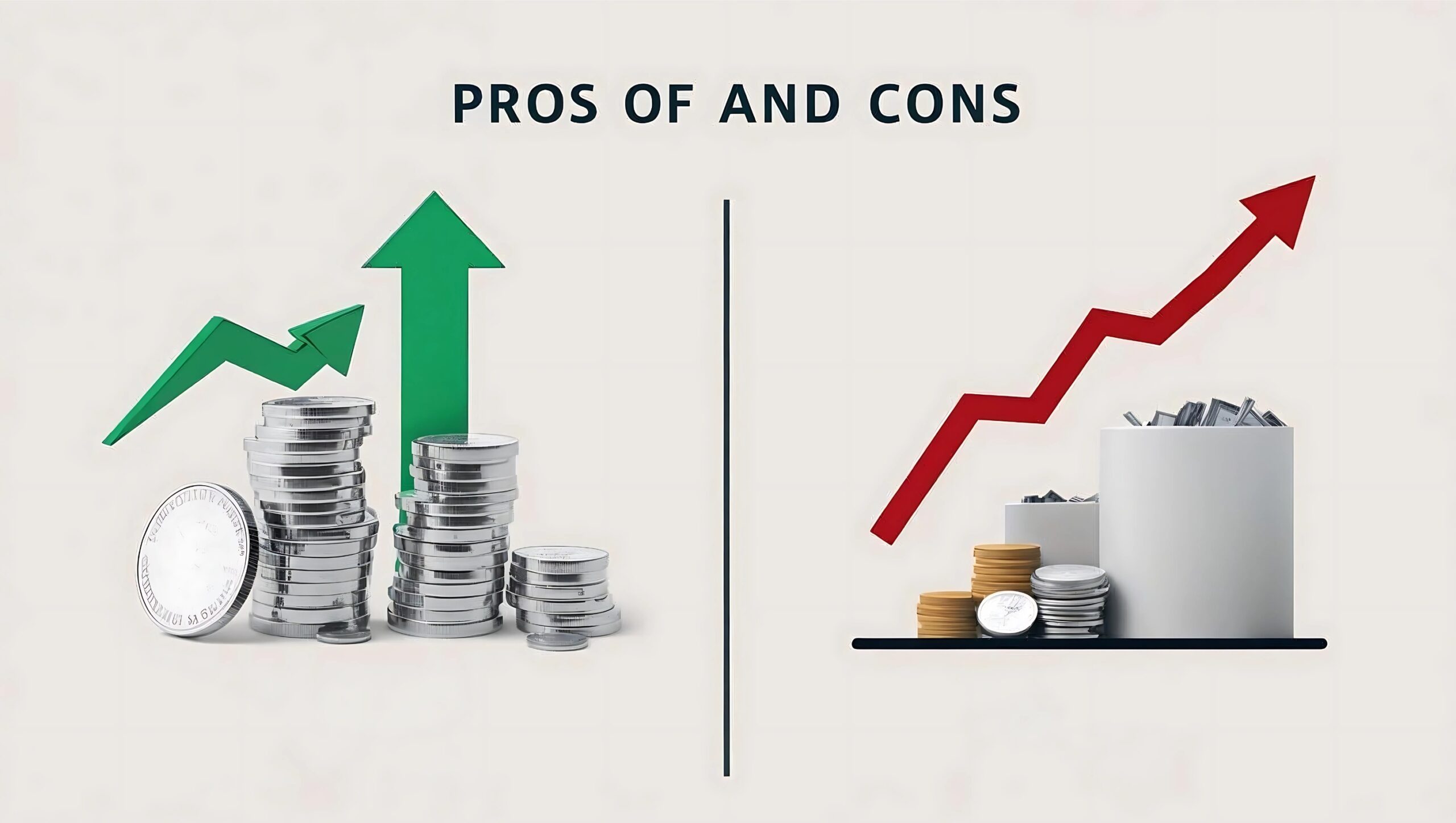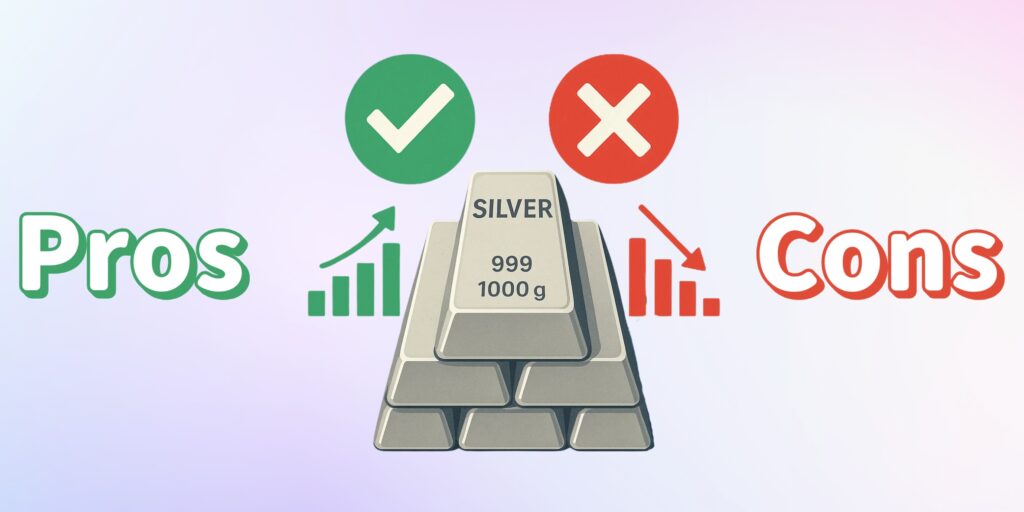The Pros and Cons of Investing in Silver

Silver has always retained its place as one of the most valued and stable precious metals. Whether formed into coins, bars, or stunning sterling silver items, it carries both beauty and value. As worldwide silver gets increasingly unpredictable, many investors are turning to silver not only for its aesthetic appeal but also for its potential as a long-term investment.
If you’re thinking about adding silver to your portfolio, understanding its strengths and considerations is the first step toward making an informed, confident decision.
Advantages of Investing in Silver
1. Affordable and Accessible
Silver’s price is one of its key attractions. Starting a silver investment without a lot of money is much easier than starting to invest in gold. For first-time investors and those trying to progressively increase their holdings, this makes it perfect.
2. A Tangible, Real Asset
Sterling silver is a real investment that you can hold in your hands. In contrast to digitally existing stock or cryptocurrencies, silver cannot be hacked, deleted, or lost via a computer failure. Many people find comfort in having something that’s real and everlasting.
3. A Natural Hedge Against Inflation
Silver is historically recognized to keep its value when currencies decline. During times of inflation, silver tends to become more expensive, making it a sensible security for your wealth.
4. High Industrial Demand
Silver is crucial in numerous industries, including electronics, solar energy, and healthcare developments. This practical usage keeps demand strong, adding an extra layer of stability to its long-term value.
5. Adds Balance to Your Portfolio
Including silver in your financial mix helps you diversify. Because silver often behaves differently than stocks or real estate, it provides balance and minimizes total risk in times of market fluctuations.
Constructive Considerations When Investing in Silver
1. Prices Can Fluctuate—But That’s an Opportunity
Silver markets can be more volatile than certain other assets. However, this fluctuation also gives potential for careful buying—especially when prices dip. Over time, these variations can benefit you.
2. Secure Storage Is Important
Owning real silver means you’ll need a safe place to store it. Whether it’s a locked home safe or secure storage facility, taking proper care of your silver helps protect its condition and worth.
3. Selling Takes Timing and Strategy
While silver is a frequently traded metal, it’s wise to plan ahead when selling. Working with trusted dealers and understanding market trends guarantees you obtain the best return when the time comes.
4. Focused on Long-Term Value
Unlike dividend-paying investments, silver builds value through growth over time. It’s perfect for people aiming to develop permanent wealth rather than short-term income.
Final Thoughts
Sterling silver is more than just a beautiful metal—it’s a stable asset with real-world demand and long-term worth. Whether you’re investing for the future, diversifying your money, or simply want to possess something timeless and important, silver is a reasonable, secure investment. With the perfect strategy, it can become a lasting part of your financial path.

Frequently Asked Questions:
Q1: Is silver still a smart investment in today’s economy?
Yes, silver continues to be a stable asset during economic changes. Its price, industrial demand, and historical performance make it a possible pick.
Q2: Can sterling silver jewelry be part of my investment?
It can, especially if it’s high-quality. While jewelry offers craftsmen value, its silver content holds lasting worth—especially when cared for properly.
Q3: How should I store my silver at home?
Use a secure, dry area like a safe. Anti-tarnish bags or towels help to maintain the condition of sterling silver products over time.
Q4: Is silver easy to resell when I need cash?
Yes, especially when working with trusted silver purchasers or dealers. The key is understanding the market and determining the correct time to sell.
Q5: Should I invest in silver long-term or short-term?
Silver is best seen as a long-term asset. While it may undergo short-term fluctuations, its value tends to develop slowly over time, especially in unstable economies.

